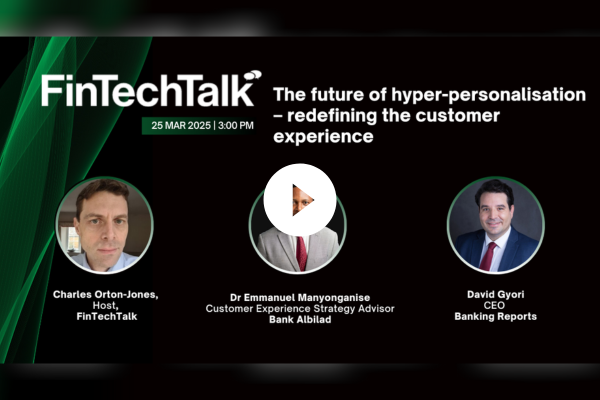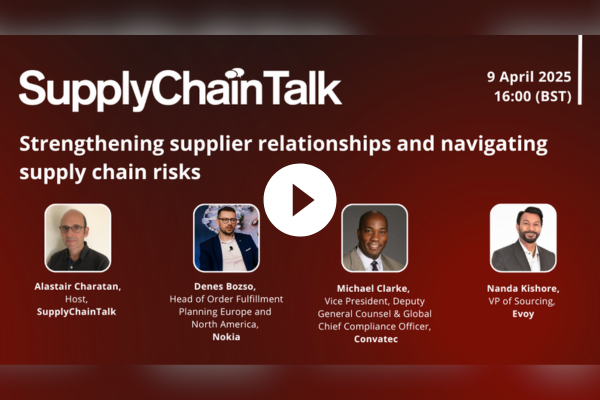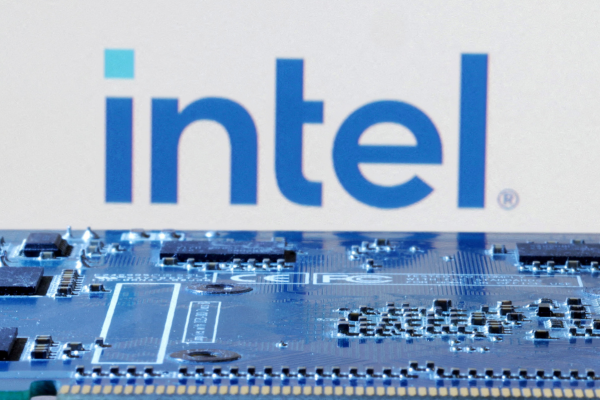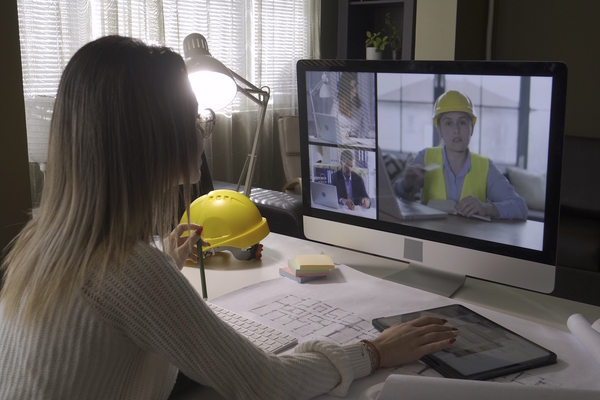Smart sensors: a deep dive into occupancy monitoring

Pippa Boothman at Disruptive Technologies explores the benefits of occupancy monitoring for business efficiency and employee wellbeing
It is becoming crucial for businesses to monitor occupancy. Understanding the use of space is vital, but occupancy monitoring has other significant benefits that may not be obvious. Businesses must consider their data collection methods and how this data is applied to make an impact.
Wireless IoT sensors provide the most comprehensive, cost-effective, and simple modes of occupancy monitoring, allowing businesses to utilise data in various ways to benefit occupants, operational and energy efficiency, and security.
What are wireless IoT sensors?
The Internet of Things (IoT) describes technology that has highly effective interconnectivity between different items, such as wireless smart sensors. This interconnectivity can create a network of devices that facilitates a far more comprehensive collection of data than that provided by independent, non-interconnected systems.
Sensors are used for a variety of purposes, including the following:
- Environmental monitoring
- Space occupancy
- Property damage protection
- Feedback and service
- Workplace health and wellbeing
- Smart cleaning
- Security
- Remote monitoring
Combinations of sensor types can achieve these forms of monitoring. For example, tiny wireless sensors are ideal for detecting whether a desk is occupied or not. However, to monitor the use of meeting rooms, motion sensors on the ceiling, proximity sensors on doors, and desk occupancy sensors is very effective. This data gives businesses a clear picture of how employees use space.
The benefits of occupancy monitoring
Fundamentally, monitoring space occupancy allows businesses to understand space utilisation, whether it be for offices, retail, storage, or other. This understanding has multiple applications.
For example, if the use of space is inefficient, businesses can optimise their space and downsize, saving on costs. Infrastructure such as HVAC can also be designed into the area, providing the healthiest and most comfortable environment for the occupants.
Developing an in-depth understanding of how a space functions for its occupants opens the door to creating far safer and healthier environments.
Identifying the efficient (or non-efficient) use of space is the most basic function of occupancy monitoring. With this data, the managers understand the flow and number of people, and knowing these trends allow for the planning of people, processes, security, and services based on traffic. For instance, smart cleaning can be implemented where cleaners only clean when and where needed.
Basic space efficiency
Even the most basic application of occupancy monitoring can provide significant benefits. When using space inefficiently, businesses are pouring money down the drain by paying for increased space and the additional accompanying costs. If specific areas are often unused, or employees can be more efficient in booking meeting rooms, businesses can consider downsizing or adjusting the space based on actual need.
Optimised space also increases employee satisfaction. Employees need access to a space that works for them. In an office, they often need adequate personal space, perhaps a kitchen area, and quiet spaces. Also, some sites may require a better HVAC system due to the number of occupants in a room. Occupancy monitoring, combined with other data like CO2, can inform all these decisions.
Security services
Businesses frequently overlook the involvement of smart sensors and occupancy monitoring in security. When maintaining a high-security or protected space, there must be effective methods for understanding where people are and when. For example, a restricted access server room requires occupancy insights to track when someone is accessing that space. A tiny proximity sensor on a door to the restricted area can send an immediate alert when the door opens.
Sensors are also used to trigger camera systems. For example, if someone is accessing an area, motion or proximity sensors can instantly identify their presence and activate cameras, meaning that cameras do not have to be recording 24/7. Instead, the system will be triggered when needed, saving on costs and resources without compromising security.
Importantly, using tiny non-invasive sensors respects privacy; it alerts to the presence of people, but not who that person is (such as camera systems alone). For occupants who have privacy concerns, this is important. Sensors can also provide an estimate of the number of occupants in a building if there is an alert or issue that could be critical - a key factor to consider when managing a crisis.
Creating resilient buildings
With the increasing demand to make buildings more sustainable, incorporating IoT sensors into their designs is an easy step to make buildings more resilient to avoid expensive repairs and disruptions down the line. By taking advantage of sensor technology, the condition and structural integrity of a building and its systems will be monitored in real time and provide data that is used to identify problems early and take preventative action.
This data will identify patterns and trends that will indicate an increased risk of damage or failure and be used to make decisions about routine maintenance or repairs. IoT creates a “smart” building that is able to respond to changes in its environment and shut down non-essential systems in the event of a power outage or other emergency.
As the threats posed by climate change continue to grow, it will prove invaluable to occupants for buildings to be able to withstand extreme weather events. By taking these steps now, we can make our buildings more resilient and better able to withstand the challenges of the future.
Optimising services
Understanding occupancy allows facilities managers to optimise a variety of other services. For example, understanding the trends in kitchens and washrooms allows cleaning services to manage the area based on its heaviest footfall. Therefore, the space can be well-maintained without disrupting other employees’ use, comfort, and hygiene.
In the wake of the pandemic, there is an increased demand for more effective hygiene practices. Installing touch sensors throughout an office building allows instant feedback to be sent to maintenance services to report a hygiene or cleanliness issue. Employees can use this alert system to report any safety hazards. As a result, a safer, healthier work environment is maintained.
Occupancy monitoring has many purposes beyond the optimisation of space. It can facilitate a more cost-effective, safe, and healthy working environment while contributing to security services and building maintenance. Installing smart sensors greatly assists in comprehensive monitoring, allowing businesses a detailed, accurate overview of their use of space. Embracing technology boosts occupancy monitoring capabilities, bringing benefits to all businesses.
Pippa Boothman is an IoT champion and VP Marketing and Communications at Disruptive Technologies, the award-winning developer of the world’s smallest wireless sensors and IoT infrastructure
Main image courtesy iStockPhoto.com

Business Reporter Team
Related Articles
Most Viewed
Winston House, 3rd Floor, Units 306-309, 2-4 Dollis Park, London, N3 1HF
23-29 Hendon Lane, London, N3 1RT
020 8349 4363
© 2025, Lyonsdown Limited. Business Reporter® is a registered trademark of Lyonsdown Ltd. VAT registration number: 830519543





